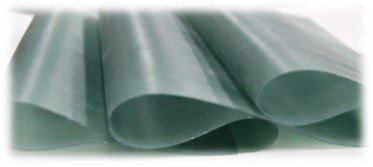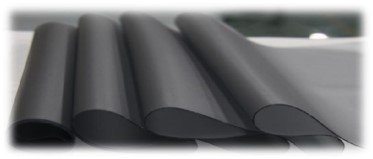The PVB Laminated Materials
About
The PVB Laminated Materials
PVB film is a polymer material, which is plasticized and extruded from polyvinyl butyral butyral resin with plasticizers and additives. It is a translucent film with a certain degree of roughness and softness. PVB film and inorganic glass have excellent bonding strength, good light transmittance, heat resistance, cold resistance and mechanical strength. PVB film is the best bonding interlayer for the manufacture of laminated glass.
This product can be widely used in laminated glass of automobiles, locomotives, airplanes, oil tankers and ships as thermal insulation films. Can be used for safety glass, safety mask, architectural glass and composite steel plate.
Product 1: Automotive grade PVB film
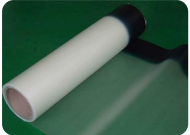
Automotive grade PVB film is produced by the most advanced casting line with surface embossing function in China, and the exhaust performance is excellent in the subsequent lamination process. The raw material uses pure resin powder, no reclaimed materials are added, high bonding strength, low haze, and at the same time with safety performance, it also has excellent sound insulation, heat insulation, security, shock resistance, UV shielding and other properties, it is the preferred sandwich material for front windshield and side windows.
The products meet the requirements of the “JC/T 2166-2013 polyvinyl butyral (PVB) film standard for laminated glass, and have passed the inspection of the National Safety Glass and Quartz Glass Quality Supervision and Inspection Center.
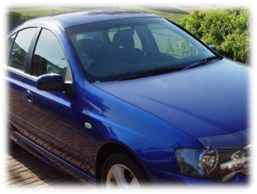
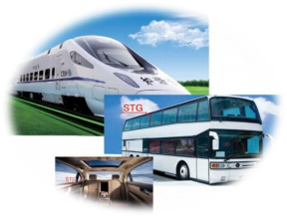
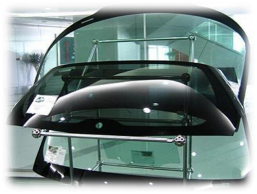
Automotive grade PVB film major parameter

Automotive grade PVB film major experimental testing technical parameters

Product 2: Building grade PVB film
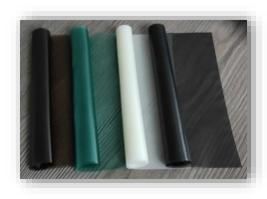
Building grade PVB film, the maximum width of the product is 2760mm. It is produced with pure resin powder, without adding reclaimed materials, with high bonding strength and low haze. It has the functions of safety, anti-theft, sound insulation, heat preservation and UV shielding. It is an ideal safety glass processing material. Widely used in building doors and windows and curtain walls, skylights, airports, subways, showcases, various bulletproof glass, etc.
The products meet the standard requirements of “JC/T 2166-2013 Polyvinyl Butyral (PVB) Film for Laminated Glass”, and have passed the inspection of the National Safety Glass and Quartz Glass Quality Supervision and Inspection Center.
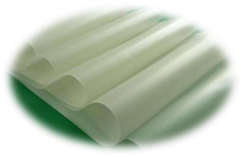
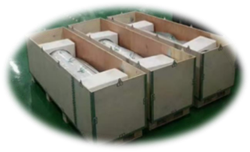
Building grade PVB film major parameter

Building grade PVB film major experimental testing technical parameters

Product 3: Sunshade PVB Film
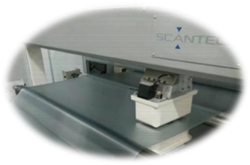
Sunshade PVB film, according to different sunshade requirements, add an appropriate amount of nanomaterials to ordinary PVB, so that it can block ultraviolet rays while blocking infrared rays to different degrees, so as to achieve the effects of sunshading, heat insulation and energy saving.
The products meet the standard requirements of “JC/T 2166-2013 Polyvinyl Butyral (PVB) Film for Laminated Glass”, and have passed the inspection of the National Safety Glass and Quartz Glass Quality Supervision and Inspection Center.
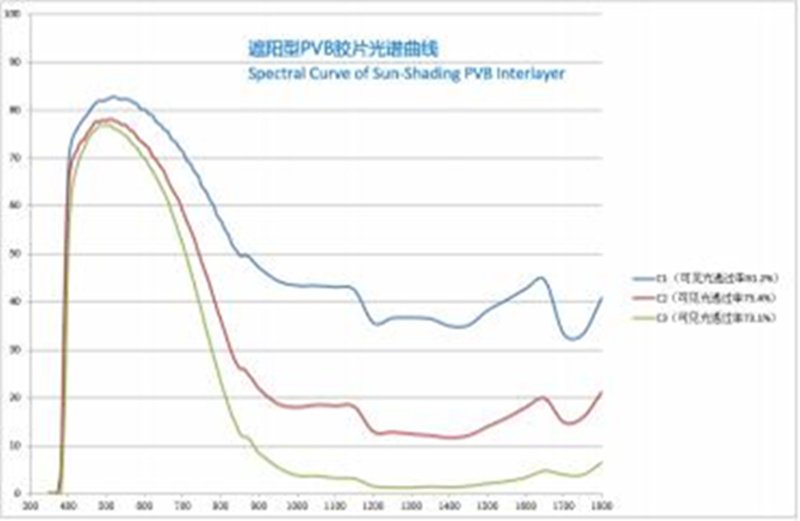
Sunshade PVB film major experimental testing technical parameters

Product 4: PVB film for high-end agricultural greenhouse
The PVB film for high-end agricultural greenhouses selectively transmits the blue light and red light required for plant production according to the light requirements of crop growth, shields ultraviolet, green and infrared rays that are not conducive to plant growth, and promotes plant germination and flowering. Enhance photosynthesis. Applied to high-end agricultural greenhouse glass, it helps to increase plant yield, saves external shading input, and also achieves energy-saving effects of heating in winter and shading in summer.
The products meet the standard requirements of “JC/T 2166-2013 Polyvinyl Butyral (PVB) Film for Laminated Glass”, and have passed the inspection of the National Safety Glass and Quartz Glass Quality Supervision and Inspection Center.
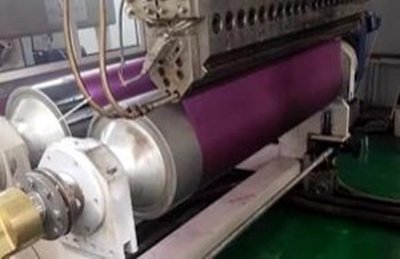
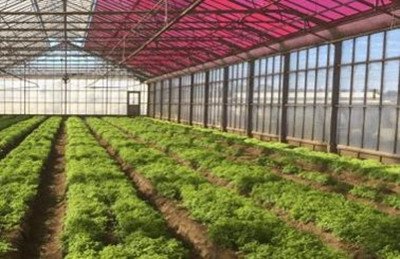
Plant chlorophyll absorption spectrum curve
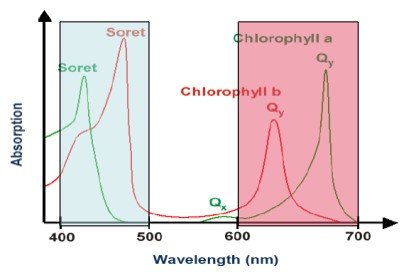
Spectral curve of PVB film for high-end agricultural greenhouse
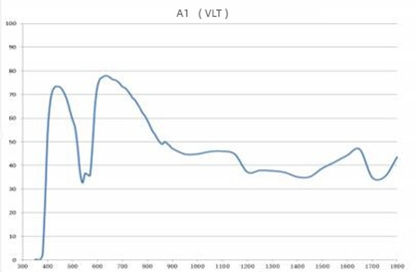
Product 5: Thermochromic sunshade PVB film
Thermochromic sunshade PVB film is an interlayer material for dry laminated glass. It is mainly composed of about 80% polyvinyl butyral resin powder, with 20% photothermal polymer nanomaterials. through casting equipment making film.
A variety of color systems can be synthesized according to different formulas, and the background color of the film is determined based on the normal temperature of 25°, and the color changes from light to dark as the light and heat temperature increases.
At the same time, it has the same characteristics of adhesion and safety as traditional PVB interlayer film materials. It meets the standard requirements of GB/T32020-2015 “Polyvinyl Butyral Intermediate Layer”.
